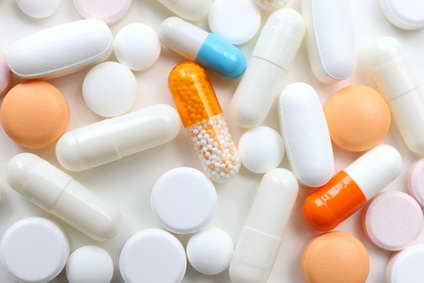Drug Safety Events Occurs Mostly After the Drugs Get Approved by FDA

According to a JAMA publication, postmarket safety events are assigned to about thirty percent of the FDA drugs produced in between 2001-2010.
Scientists wants to know the percentage of new FDA drugs that get postmarket safety events and they also want to know what chemical properties pose risks to the consumers.
Drugs that get postmarket safety events such as warning or safety concern from the FDA must be withdrawn from the market. There were 222 drugs released in between 2001 - 2010 and three drugs were banned after an investigation that take place for 11.7 years. In addition, there were 61 drugs that received boxed warnings and 59 drugs that received safety communications.
According to Nicholas Downing, M.D., the detection of safety risks on a large number of drugs shows that the FDA cares about the welfare of the people. He pointed out that the safety risks were only identified after the drug has been on the market for four years. A lot of people who take the drug have already suffered negative side effects by the time the FDA detected those safety risks.
Postmarket safety events usually occur on biologic and psychiatric therapeutic drugs that get fast approval by the FDA as well as those that get approved near the regulatory deadline.
Drugs that seldom get safety events are those that have a regulatory review time shorter than 200 days.
It shows that the FDA is not completely sure about the advantages and negative side effects of the drugs when they approve them so it is important for drug developers to provide accurate information not just before but also afterward the regulatory approval for purposes of further investigation.